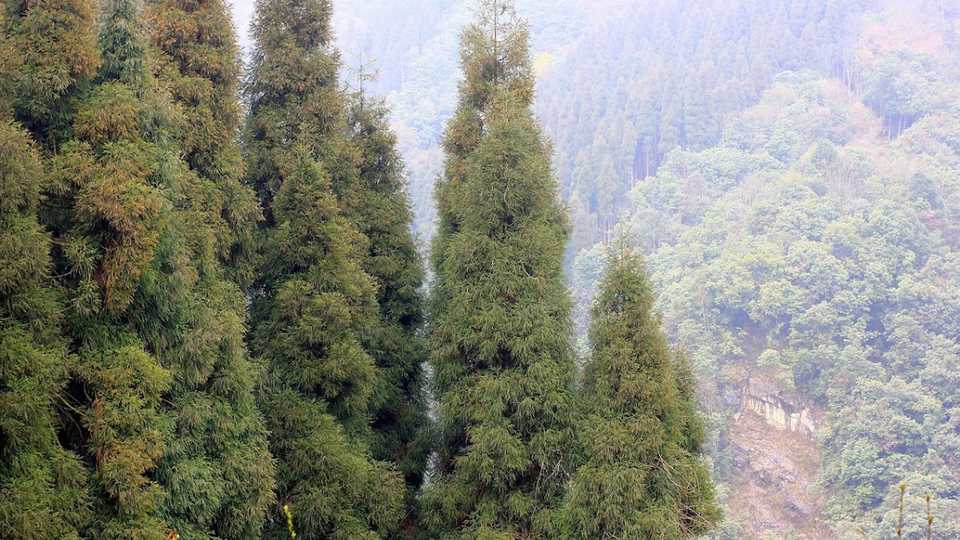Science News
Conservation Can Accompany Economic Growth

When you think of nations demonstrating environmental leadership, China probably isn’t top of mind. The world’s largest coal producer routinely captures headlines for spoiling nature—urban “airpocalypses,” polluted soils, and water contamination conjure an image that is more grey and smoggy than green.
But China could be an important case study in broad scale strategic ecosystem restoration, a new study suggests. Published recently in Science, the study presents results from China’s first National Ecosystem Assessment, which evaluated key environmental variables since China initiated a massive countrywide investment in conservation in 2000.
After devastating floods in 1998 killed thousands of people and cost tens of billions of dollars in property damage, China created two major programs to help safeguard its natural capital. The Sloping Land Conversion Program, involving 120 million farmers in 32 million households, compensated landowners for restoring forests and grassland. The National Forest Conservation Program limited logging, helping to increase forest cover nearly two percent between 2000 and 2010.
China’s Ecosystem Assessment aimed to quantify the impact of these policies and set a course for the future. Beginning in 2012, a team of scientists from the U.S. and China synthesized data from satellite images, historical records, and field studies on food production and six other important ecosystem services: carbon sequestration, soil retention, sand storm prevention, water retention, flood mitigation, and habitat provision for biodiversity.
Over the decade of study (2000–10), all but one of the ecosystems services (habitat for biodiversity) increased. Food production and carbon sequestration increased the most (38 and 23 percent, respectively), followed by soil retention (13 percent), flood mitigation (13 percent), sandstorm prevention (6 percent) and water retention (4 percent).
Improvements varied widely across regions—mountainous areas, for example, account for an outsized portion of ecosystem service provision. Depending on the area, tradeoffs in services often emerged—between food production and soil retention, for example.
A nationwide assessment of where ecosystem services are changing enables more strategic decisions about these development tradeoffs, the authors contend. Based in part on the Assessment’s findings, 49 percent of China’s land has now been incorporated into Ecosystem Function Conservation Areas (EFCAs) to secure China’s most vital natural capital.
While most nations lack the central authority to implement a similar conservation program, China’s effort is an example of how eco-compensation schemes can offset environmental damage accompanying development, and how prudent environmental management can co-exist with economic growth.
“The whole world is waking up to the need to invest in natural capital as the basis for green growth,” said Stanford Professor and co-author, Gretchen Daily.
And China’s natural capital investments may help curb its environmental impacts in the future.
“It is hopeful that the experiences from increasing China’s ecosystem services can help address China's enormous environmental challenges such as air pollution, water pollution, and resource shortages,” said co-author Jianguo Liu of Michigan State University. “They may also offer useful insights into environmental and poverty problems in other parts of the world.”
Image: Wolong National Nature Reserve, Toni Wöhrl/Wikipedia
